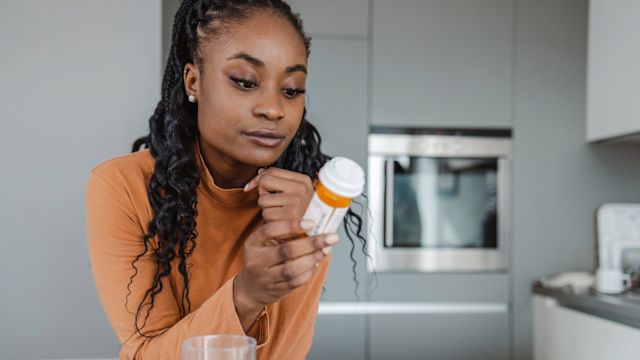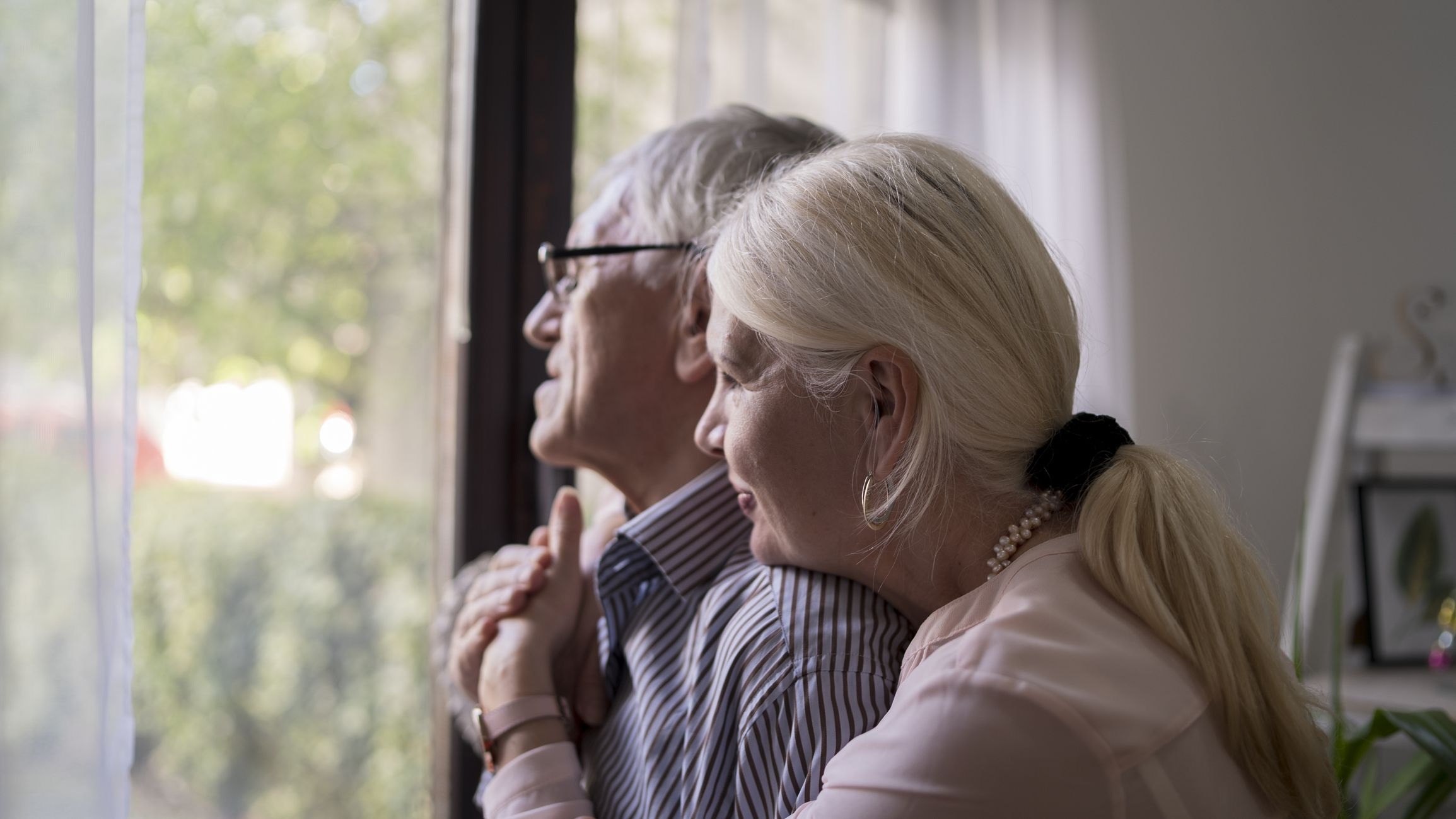Updated on November 8, 2024
Major depressive disorder (MDD) is one of the most common mental health conditions in the world. Also known as major depression and clinical depression, MDD is characterized by persistent low moods—sadness, hopelessness, loss of interest or pleasure in nearly all activities, irritability, anger, thoughts of suicide or self-harm.
The low moods of MDD are often described as overwhelming or interfering with normal functioning—though there are types of depression where a person may seem to be functioning normally or even well, even while depression symptoms take a significant toll.
These types of low moods may be accompanied by a variety of other symptoms that affect energy levels, sleep, concentration, appetite, and thinking. Some people with MDD experience physical symptoms, such as headaches, cramps, or gastrointestinal discomfort. While certain symptoms are common, how those symptoms manifest can vary from person to person. MDD is a different experience for different people.
MDD and coexisting mental health conditions
MDD can also occur alongside other mental health conditions. Common examples include substance use disorders, panic disorders, social anxiety disorder, and obsessive-compulsive disorder. In addition to addressing depression, a treatment plan will also need to address any coexisting mental health conditions.
As a person living with major depression—or a caregiver, friend, or loved one of someone living with major depression—it helps to understand these coexisting conditions, including potential symptoms.
Substance use disorder (SUD)
Also called substance misuse, a substance use disorder (SUD) refers to a condition where a person’s use of alcohol or drugs causes problems with health and behavior, including problems with controlling their use of one or more substances. Drugs can refer to legal, illegal, and prescription drugs. SUD is very common, affecting tens of millions of people in the United States.
Panic disorder
Panic disorder is a type of anxiety disorder where a person experiences recurring panic attacks. Panic attacks are sudden episodes of intense fear and/or discomfort that peak within minutes. People with panic disorder will experience these attacks without warning and without any obvious trigger. Not all people who experience panic attacks have panic disorder, and panic disorder requires evaluation and diagnosis by a healthcare provider.
Social anxiety disorder
Social anxiety disorder is a condition where social situations cause a person to experience irrational fear, high levels of anxiety, and self-consciousness. This is especially true of situations where a person may be watched or judged by others—for example, giving a presentation at work or meeting new people at a party. These feelings can be severe and cause significant distress.
Obsessive-compulsive disorder (OCD)
People who have obsessive-compulsive disorder (OCD) experience uncontrollable unwanted thoughts (obsessions) and repetitive behaviors (compulsions). Compulsions may occur in response to an obsession—for example, intrusive thoughts about germs may lead to excessive cleaning. These thoughts and behaviors are time consuming, cause significant distress, and interfere with normal activities. People with this condition may also make repetitive movements or sounds (called tics).
Your best source of information
It's important to note that these are not the only conditions that can occur alongside MDD.
Your best source about mental health will be a qualified healthcare provider. While it helps to know what the symptoms are, there is no substitute for working with a healthcare provider and receiving an evaluation and diagnosis.
MDD is considered one of the most treatable mental health conditions. Medications and psychotherapy are the main treatments and are usually most effective when used together. A treatment plan will also need to address any coexisting mental health conditions.
While treatment for depression is typically overseen by mental health professionals (such as psychiatrists and psychologists), many people begin treatment by talking to a primary care provider. As with many health conditions, the best place to start is by talking to a healthcare provider you trust, who can guide you toward your next steps.






